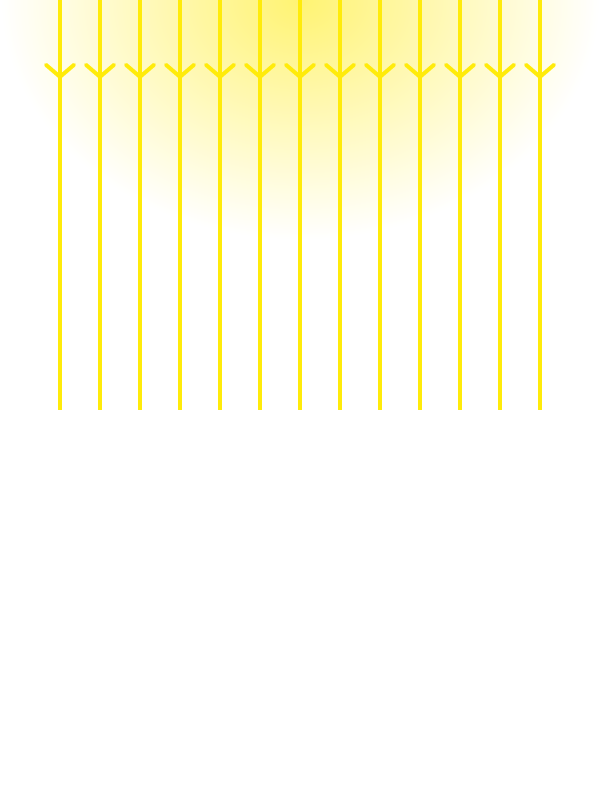Circles and PiTangents, Chords and Arcs
In the previous sections, you learned the names given to several different parts of a circle – like the center, radius, diameter and circumference. However, there are many geometric elements related to a circle, which we’ll need to solve more complex problems:
- A secant is a line that intersects a circle at two points.
- A chord is a line segment whose endpoints lie on the circumference of a circle.
- A tangent is a line that touches a circle at exactly one point. This is called the point of tangency.
- An arc is a section of the circumference of a circle.
- A sector is a part of the interior of a circle, bounded by an arc and two radii.
- Finally, a segment is a part of the interior of a circle, bounded by an arc and a chord.
In this section, we will look at the relationship between all these elements, and prove theorems about their properties. Don't worry about memorising all the definitions for now – you can always use the
Tangents
COMING SOON!
Chords
COMING SOON!
Arcs and Sectors
Most scientists in ancient Greece agreed that the Earth is a sphere. There was plenty of evidence: from ships disappearing behind the horizon at sea, to the circular motion of stars during the night.
Unfortunately, no one knew exactly how big Earth was – until around 200 BC, when the mathematician
As you can see in the diagram, an arc is a part of the
The arc between two points A and B is often written as
The smaller of the two arcs is called the minor arc, and the larger one is called the major arc. If points A and B are exactly opposite each other, both arcs have the same length and are
To find the length of an arc or the area of a sector, we need to know about the corresponding angle at the center of the circle: this is called the central angle.
Notice how the arc, sector and angle all take up the same proportion of a full circle. For example, if the central angle is , it takes up
This means that the length of the arc is also
We can express this relationship in an equation:
Now we can rearrange these equations to find whichever variable we’re interested in. For example,
| arc length | = | |
| = |
| sector area | = | |
| = |
where r is the radius of the circle, and c is the size of the central angle.
If the central angle is measured in
| arc length | = | |
| = |
| sector area | = | |
| = |
Notice how the equations become much simpler, and π cancels out everywhere. This is because, as you might recall, the definition of radians is basically the length of an arc in a circle with radius 1.
Now let’s see how we can use arcs and sectors to calculate the circumference of the Earth.
In ancient Egypt, the city of Swenet was located along the Nile river. Swenet was famous for a well with a curious property: there was one moment every year when the sunlight reached the very bottom of the well – at noon on 21 June, the day of the summer solstice. At that precise time, the bottom of the well was illuminated, but not its sides, meaning that the Sun was standing directly above the well.
Ancient Egyptians measured long distances by counting the number of steps it took to walk.
Some sources say the “Well of Eratosthenes” was on Elephantine island on the Nile river.
The mathematician
Eratosthenes noticed that at noon on the day of the summer solstice, the obelisk threw a shadow – meaning that the sun was not directly above it. He deduced that this was because of the curvature of the Earth, and realised it could be used to calculate our planet’s circumference.
Here you can see the well in Swenet as well as the obelisk in Alexandria. The sun rays fall directly into the well, but hit the obelisk at an angle and cast a shadow.
Eratosthenes measured that the angle of the shadow was 7.2°. This is the same as the central angle of the arc from Alexandria to Swenet, because they are
Now we can use the equation for arc length that we derived above:
If we rearrange this, we find that the circumference of the Earth is
Finally, we know that the circumference of a circle is

Eratosthenes’ measurement was one of the most important experiments in antiquity. His estimate of Earth’s size was surprisingly accurate, especially when considering that he only had access to very basic measuring tools.
Of course, it can be difficult to translate his original results into modern units like kilometres. In ancient Greece, distance was measured in stadia (approximately 160 m), but there was no universal standard. Every area had a slightly different version, and we don’t know which one Eratosthenes used.
In the following centuries, scientists tried to use other methods to calculate the radius of Earth – sometimes with very different, and incorrect results.
It was one of these incorrect measurements that prompted Christopher Columbus to sail west from Portugal. He assumed that Earth was much smaller than it actually is, and hoped to reach India. In fact, he arrived at a different continent in between: the Americas.
Segments
COMING SOON!